Did you know that Bentsen-Rio Grande Valley State Park is considered the crown jewel of Rio Grande Valley parks? That’s what the press flaks at the World Birding Center say, and frankly, after visiting Bentsen, I’m not inclined to argue. 760 acres of Rio Grande floodplain forest and resaca woodland serve up some serious Valley specialties, not the least of which are Green Jays and Plain Chachalacas in incredible, obtrusive abundance. The platform feeders at Bentsen offer some of the best views you could ask for of these Texas-tropical species. If you haven’t yet seen a Green Jay in the wild, this could be the spot where you recognize why this miraculous bird appears so consistently on list of the Top 10 Most Beautiful Birds in the world.
A real stunner right? Also stunning to me was how Collared Peccaries, also known as javelinas, graze unperturbedly beneath raucous jays, chachalacas, and doves.
Bentsen is no joke. Within minutes of arriving, our merry group encountered killers like White-tipped Dove and Groove-billed Ani; sure, these species don’t inspire such awe in parts south where they’re fairly abundant but, man, are they a sight within the ABA area! The usual Couch’s Kingbirds, Ruby-crowned Kinglets, and Blue-gray Gnatcatchers couldn’t hide specialties like Black-headed Grosbeak and Altamira Oriole. The Altamira is a sensational bird – not only is it North America’s largest oriole, but its entire body radiates with the resplendent orange of a Blackburnian Warbler’s throat.
Apparently, I’m not the only one who finds Icturus gularis attractive. We encountered at least two Altamira-Audubon’s Oriole hybrids at Bentsen. Oriole wonks might enjoy picking out salient features from each parent in the photo below.
True to form, we had a number of target species for this excursion. A blazing orange oriole is nice, but what birding trip would be complete without an irrationally rare, utterly nondescript bird, preferably an itty bitty flycatcher. Ladies and gentlemen, may I present to you the Northern Beardless-Tyrannulet! Only a fraction of the world’s tyrannulets winter in the U.S. and only then in the Rio Grande Valley. Having already struck out on these guys elsewhere, I was eager to add it to my life list here, though not so anxious that I couldn’t enjoy the unexpected beauty of the Golden-fronted Woodpecker. Golden-fronts are as common in El Valle as Red-bellied Woodpeckers are east of the Mississippi. However, this magical Melanerpes shows many more colors on its proud head.
As I was saying, we were on a tyrannulet quest. Too bad the roving flocks of songbirds made our quarry so hard to find. Sure, on one hand, they helped us home in on where the bird likely was but that addition of frenetic kinglets and gnatcatchers increased the difficulty level tenfold. Spotting Black-crested Titmice and Orange-crowned Warblers, the latter a nemesis bird of mine until now, would have been a lot more fun were I not straining to spy one of the most unremarkable birds in the world. But our tremendously talented, not to mention patient guides got us on our target tyrannulet. See…
What, you can’t see it? Here’s a close-up…
Impressed? Seriously, if I never see a Northern Beardless-Tyrannulet again, it may be too soon. The Southern Beardless-Tyrannulet, however, is another story entirely but that will, with hope, be a tale for another day.


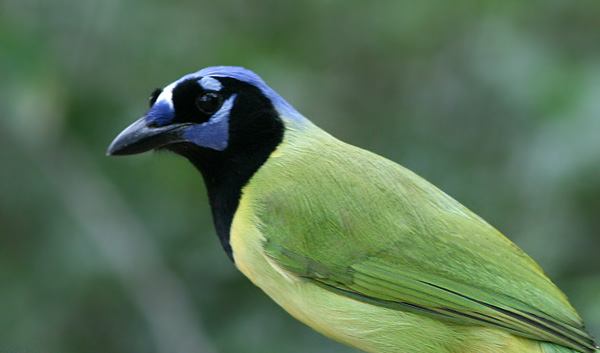
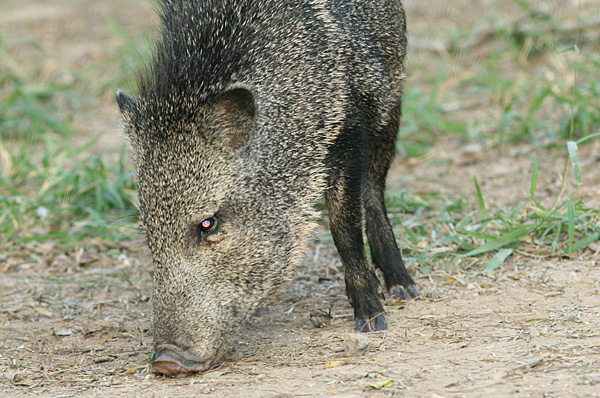
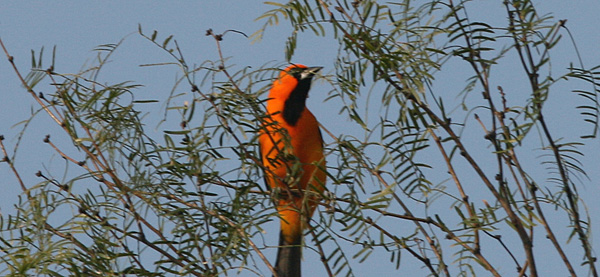
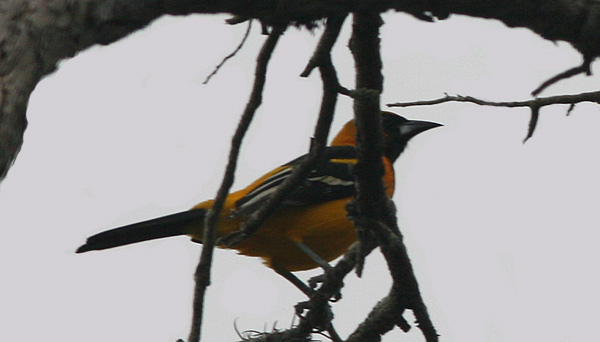
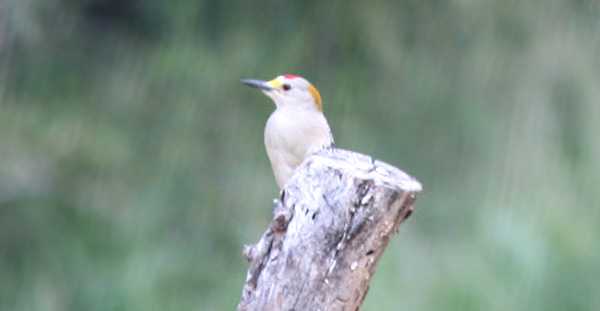
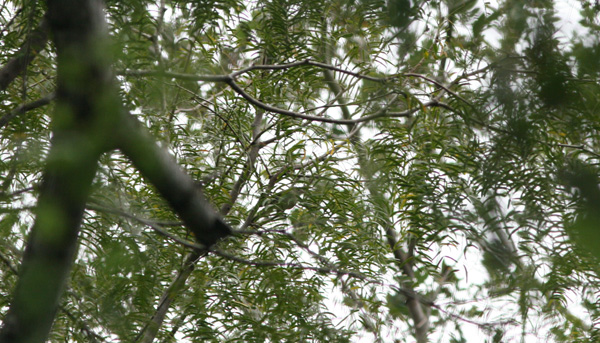
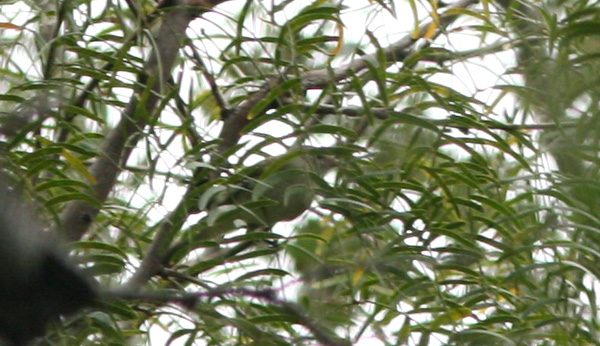











The birds at Bentsen-RGV definitely don’t suck. Sounds like you saw some great ones. I can almost make out the beardless-ness of that Tyrannulet!
That particular northern beardless tyrannulet was my 500th Aba area bird! I will never forget it! I am glad you got a shot of it!
Sharon, you can feel free to print that photo and put it on your wall to commemorate the occasion (though I wouldn’t!) It’s fun to work hard for a milestone bird, isn’t it?
Green Jays are so expressive. That one looks like it should be in some pretentious Italian art comedy.
Congrats on the Tyrannulet! I remember getting mine and thinking, “well, that’s that“. Truly a birder’s bird.